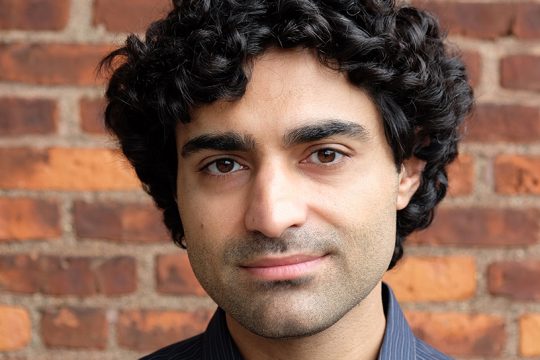Our research takes a bottom-up approach to understanding how the neural circuits of this massively interconnected network of neurons are functionally organized and how dysfunction in these circuits contributes to neurodegenerative diseases like amyotrophic lateral sclerosis and neuropsychiatric disorders...
Understanding the cell biology of genomes and how nuclear architecture controls gene expression is necessary to truly understand biological processes such as development and disease. Although sequencing of the genome and comparative genome analysis have yielded insights into the...
Our laboratory is interested in the molecular mechanisms and physiological roles of mitochondrial fusion. Mitochondria are highly dynamic and control their morphology by a balance of fusion and fission. The regulation of membrane fusion and fission generates a striking...
My lab is an interdisciplinary group that devises and experimentally tests computational tools to explore cell type identity and its molecular underpinnings. A unifying component of our research is the gene regulatory network (GRN). GRNs are programs encoded in...
We study how epithelial tubular organs – which are essential to life in all multicellular organisms – form and specialize. Using the simple unbranched tubes of the Drosophila salivary gland and the beautifully branched tubular network of the Drosophila...
The goal of the Meffert lab is to gain a mechanistic understanding of how selective gene programs are recruited and maintained to modify the nervous system during development, experience-dependent plasticity, and in injury or disease. Rather than focusing on...
Messenger RNA (mRNA) translation by the ribosome represents the final step on a complicated molecular dance from DNA to protein. Though classically considered a decipherer that translates our 64-word genetic code into a proteome of astonishing complexity, recent work...
Our research seeks to better understand dynamical biological processes, such as embryonic development and brain activity, by recording cells’ experiences in their genomes. To accomplish this objective, we develop: (A) molecular technologies that write cellular experiences into their nucleic...
CRISPR-Cas loci serve as acquired immune systems which protect their bacterial and archaeal hosts from viruses and plasmids. CRISPR immunity occurs in two phases: First, short DNA segments from foreign invaders are captured and inserted into the CRISPR locus...










